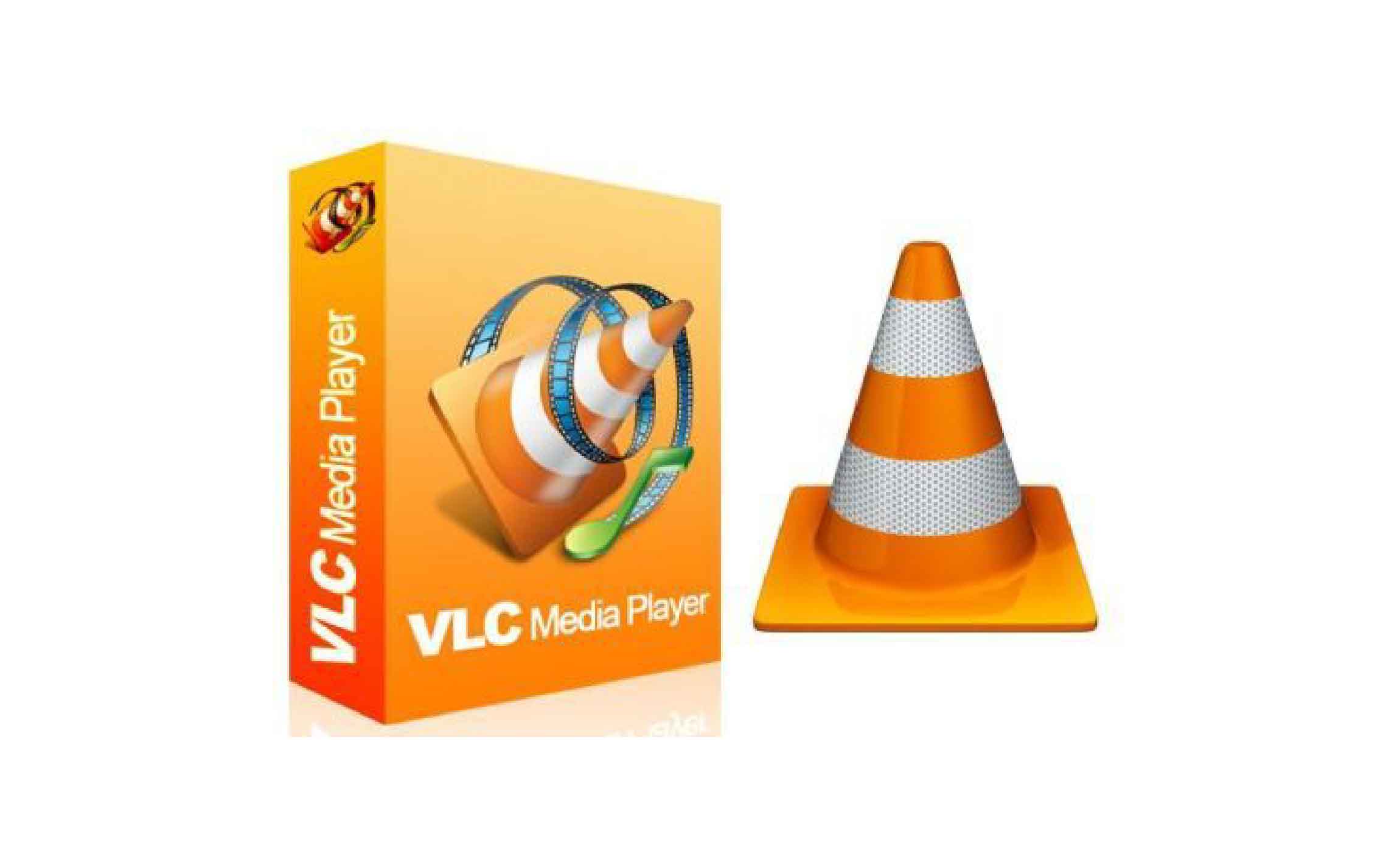

- #Vmware player for windows 10 64 bit how to#
- #Vmware player for windows 10 64 bit pro#
- #Vmware player for windows 10 64 bit software#
#Vmware player for windows 10 64 bit pro#
In this window, you will see the Workstation Pro version currently installed on your computer. In the Choose the Virtual Machine Hardware Compatibility window, select the latest version of the Workstation program you are using. Windows XP Pro x86/圆4 SP1 ISO + SP2 InstallerĪfter installing VMware Workstation 16 Pro on your computer, run the program and click Create a New Virtual Machine on its homepage to set up a new virtual machine, and when the VM wizard opens, tick Custom (Advanced) and click the Next button. After installation, download the Windows XP ISO file for VMware to your host computer by clicking the button below and create a new VM by following the steps below.
#Vmware player for windows 10 64 bit how to#
How to Create a New Virtual Machine for Windows XPīefore proceeding with the installation steps, you need to install the VMware virtualization program on your computer. Or, as we mentioned, if you still want to use Windows XP even though it is an old system, you can install this system on the virtual machine after you install a virtualization program such as VMware, VirtualBox, or Hyper-V on your Windows 10 computer.

#Vmware player for windows 10 64 bit software#
If you do not have an old computer, you can of course use old operating systems on virtual machines using virtualization software such as VMware on your current computer. In case of such a need, it is recommended to run systems such as XP on desktop or laptop computers with old hardware. NOTE: Free for non-commercial uses only.However, since the automation machines used in some institutions or organizations were produced in an old date, they need Windows XP or an older operating system in order to be managed. We haven't come across any problems during our tests and strongly recommend VMware Player to all users. VMware Workstation Player takes up a moderate amount of system resources and contains a well-drawn help file. Data can be imported from VMX, VMC, OVF or OVA file format. Moreover, you can customize its hardware when it comes to memory, processors, new CD or DVD, floppy, network adapter, USB controller, sound card, printer and display. Right before finishing the process, you can view the name, location, version, operating system, hard disk, memory, network adapter and other devices corresponded to your new virtual machine. The latter option simplifies the process of moving the virtual machine to another computer but it could reduce performance on very large disks. Splitting a virtual disk and customizing its hardwareįurthermore, you can store the virtual disk as a single file or split it into multiple ones.

Now you can give your new virtual machine a name and specify its output directory, as well as allocate its maximum disk size (in GB). In addition, you can select the guest operating system, which can be Microsoft Windows, Linux, Novell NetWare, Sun Solaris or other, as well as select the version (e.g. Otherwise, you can opt to install the respective virtual machine later. So, you can install from a disc or from a disc image file (ISO file format). The first step requires you specify the source file. Rookies may take advantage of the built-in wizard and follow the steps for creating a virtual machine. You can create a new virtual machine, which is added at the top of your library. The user interface of the application is standard. For example, you can have Windows XP installed on top of your Windows 7. VMware Player is a program which allows you to run multiple virtual machines on your operating system and easily juggle them.


 0 kommentar(er)
0 kommentar(er)
